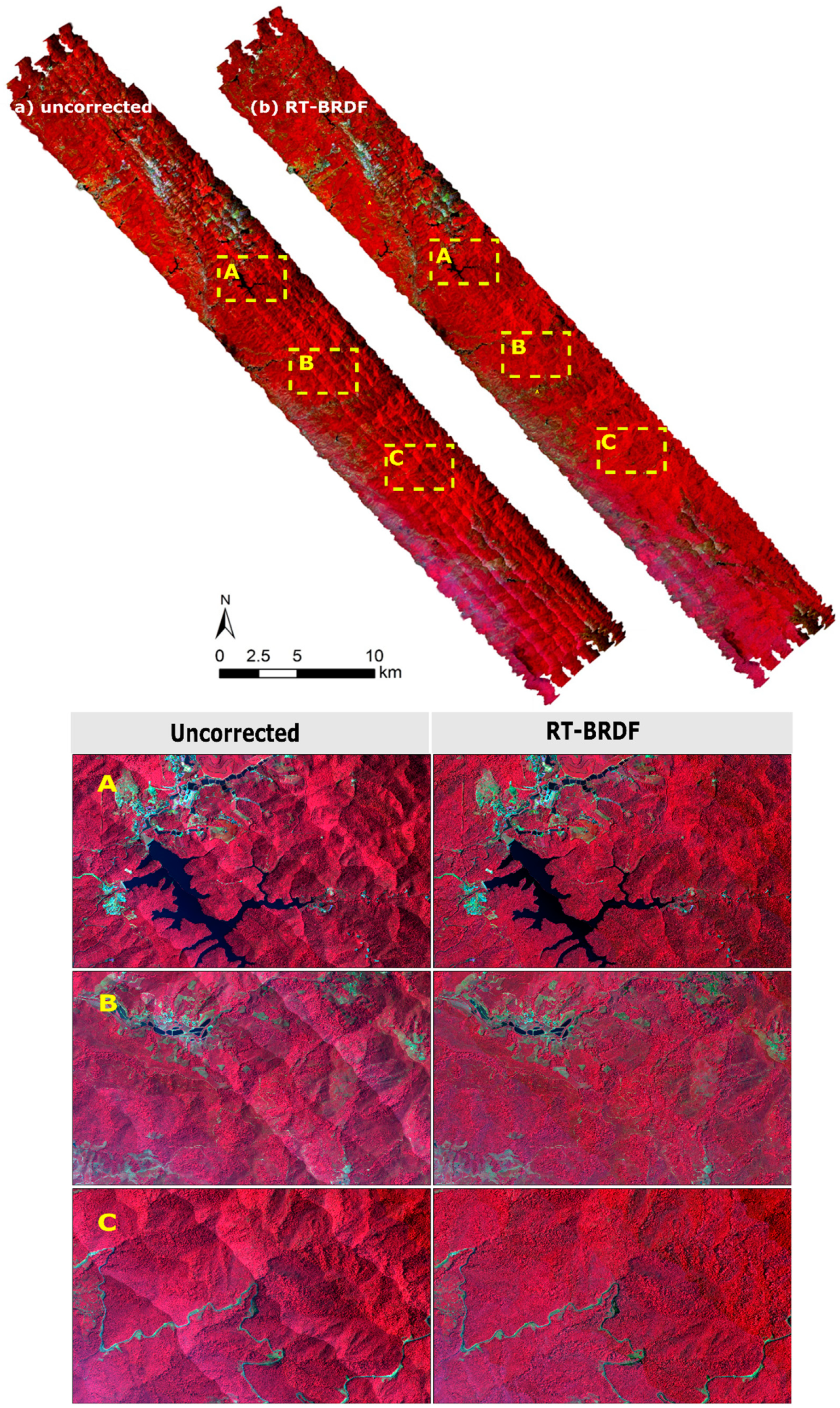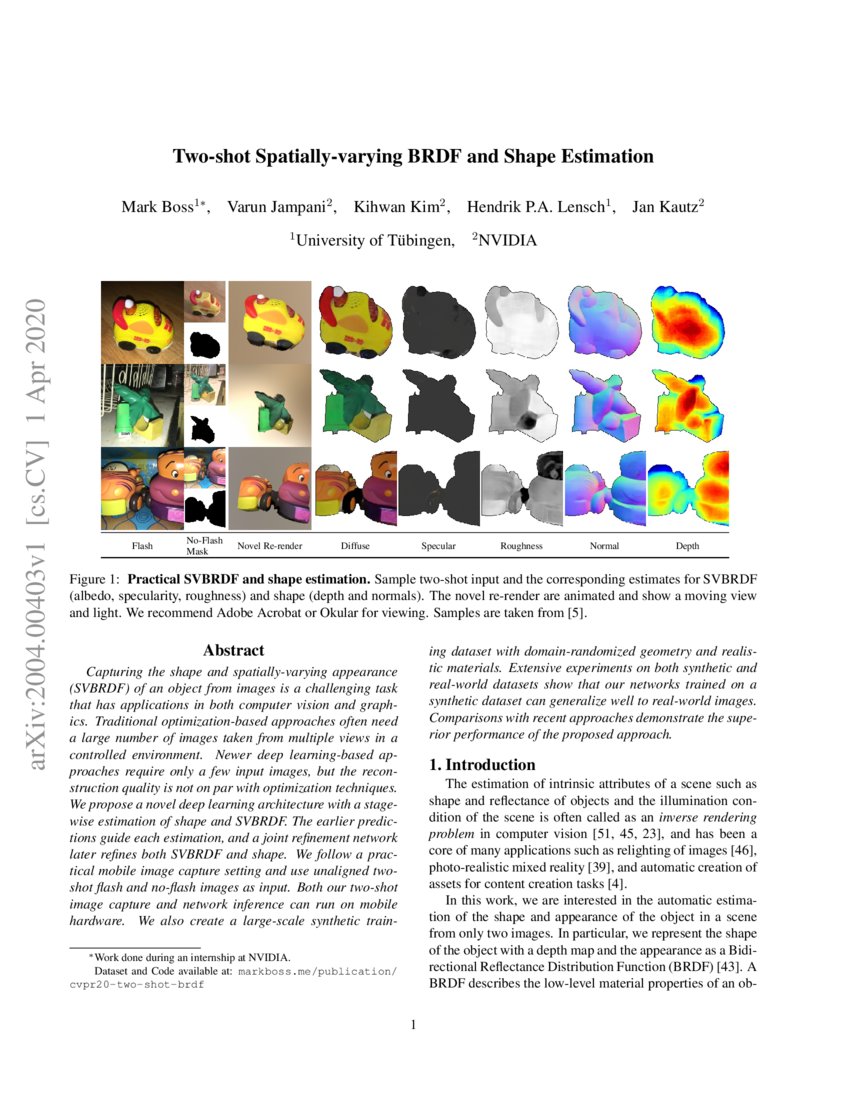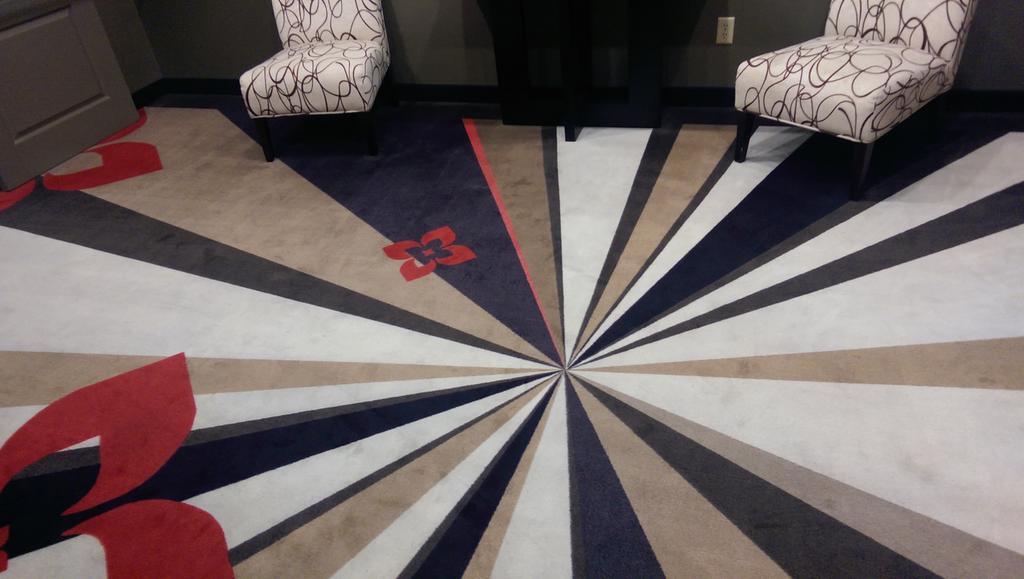

For each requested texel coordinate, the sampler first selects one of pre-minified versions of the original image, and then computes a weighted sum of several adjacent texels from it. For each requested texel coordinate, the sampler first selects one of pre-minified versions of the original image, and then selects a texel with the nearest (in Manhattan distance) coordinates from it. This process is sometimes called “bilinear interpolation”. For each requested texel coordinate, the sampler computes a weighted sum of several adjacent texels from the original image. This process is sometimes called “nearest neighbor”. For each requested texel coordinate, the sampler selects a texel with the nearest (in Manhattan distance) coordinates from the original image. Reschke, Ed., Hypertext Transfer Protocol (HTTP/1.1): Message Syntax and Routing, RFC 7230, DOI 10.17487/RFC7230, June 2014, Suignard, Internationalized Resource Identifiers (IRIs), RFC 3987, DOI 10.17487/RFC3987, January 2005, įielding, R., Ed., and J. Masinter, Uniform Resource Identifier (URI): Generic Syntax, STD 66, RFC 3986, DOI 10.17487/RFC3986, January 2005, ĭuerst, M.

The relative order in which vertices are defined within a triangle wrappingĪ process of selecting an image pixel based on normalized texture coordinates.Īn earlier edition of this standard is available from W3C: Įxchangeable image file format for digital still cameras vertex attributeĪ property associated with a vertex. as lists of triangles, strips of lines, etc. State that controls how vertices are assembled, e.g. textureĪn object that combines an image and its sampler. tangentĪ unit XYZ vector defining a tangential direction on the surface. The process of computing and applying individual transforms for each vertex of a mesh primitive. sceneĪn object containing a list of root nodes to render. samplerĪn object that controls how image data is sampled.

root nodeĪ node that is not a child of any other node. normalĪ unit XYZ vector defining the perpendicular to the surface. non-indexed geometryĪ mesh primitive that uses linear order of vertex attribute values to assemble the primitive’s topology. nodeĪn object defining the hierarchy relations and the local transform of its content. morph targetĪn altered state of a mesh primitive defined as a set of difference values for its vertex attributes. mipmapĪ set of image representations consecutively reduced by the factor of 2 in each dimension. mesh primitiveĪn object binding indexed or non-indexed geometry with a material. materialĪ parametrized approximation of visual properties of the real-world object being represented by a mesh primitive. linear blend skinningĪ skinning method that computes a per-vertex transformation matrix as a linear weighted sum of transformation matrices of the designated nodes. indexed geometryĪ mesh primitive that uses a separate source of data (index values) to assemble the primitive’s topology. front-facingĪ two dimensional array of pixels encoded as a standardized bitstream, such as PNG. facingnessĪ classification of a triangle as either front-facing or back-facing, depending on the orientation (winding order) of its vertices. cameraĪn object defining the projection parameters that are used to render a scene. buffer viewĪn object that represents a range of a specific buffer, and optional metadata that controls how the buffer’s content is interpreted. back-facingĪn external or embedded resource that represents a linear array of bytes. animationĪn object describing the keyframe data, including timestamps, and the target property affected by it. Appendix C: Animation Sampler Interpolation ModesĪn object describing the number and the format of data elements stored in a binary buffer.Masking-Shadowing Term and Multiple Scattering Appendix A: JSON Schema Reference (Informative).Khronos 3D Formats Working Group and Alumni Motivation and Design Goals (Informative)


 0 kommentar(er)
0 kommentar(er)
